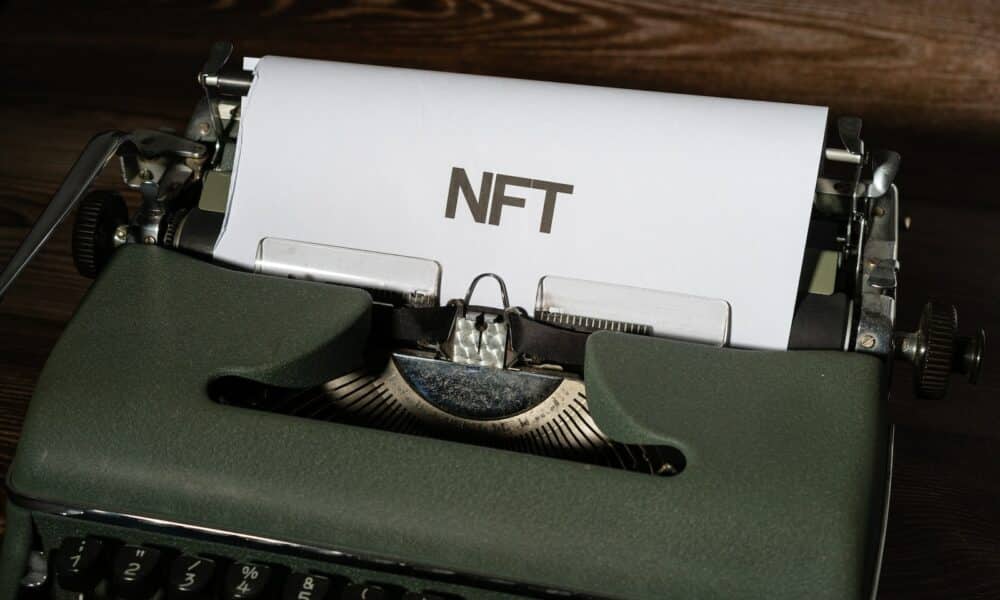Your guide to Bitcoin, Ethereum and Web 3.0

This week in coins. Illustration by Mitchell Preffer for Decrypt.
It was a week of all-round losses, with holders of the two largest cryptocurrencies by market capitalization also hit by the bearish price action.
Market leader Bitcoin (BTC) only weakened by 6% over the past seven days and is currently trading hands at $23,136, according to CoinGecko.
Ethereum posted a slightly smaller loss of 7% over the same period to land at $1,604 at the start of the weekend.
Beyond the market leaders, it was much of the same story across the board.
Polygon (MATIC) posted one of the biggest falls, shedding 16.7% this week to trade at $1.27 at the time of writing. MATIC began its decline on Tuesday when news broke that Polygon Labs was laying off 100 employees (20% of its workforce) following restructuring.
The next day, Polygon users fell victim to false rumors that the blockchain had been down for two hours.
Polygon later revealed that a few nodes on the network temporarily went out of sync, prompting the outbreak of an independent chain explorer called Polygonscan. Since Polygonscan hadn’t updated with new Polygon blocks or transactions for a couple of hours, people mistakenly thought that Polygon itself had stopped.
Litecoin (LTC), Polka dot (DOT) and Cardano (ADA) also had significant losses for the week, ranging from 8% to 9%.
Solana (SOL) had spent most of November and all of December in freefall due to its association with executives from the collapsed FTX exchange. Since the New Year, it has managed to halt its losses, with the asset only falling 1% this week. It was trading at $22.4 at the time of writing.
The main reasons why SOL was able to hold the fort this week were news of the upcoming migration of the Helium network to Solana and a marked increase in Solana NFT trading volumes.
Similarly Uniswap (UNI) token held off the bears, falling just 1.4% for the week and currently trading at $6.61.
The token’s resilience may be due to the fact that as of Wednesday, users of Uniswap’s NFT market can now trade UNI and any other Ethereum-based token.
New rules proposed in Hong Kong, Canada, USA
Since the fall of several high-profile crypto companies last year, including Terra, Celsius, Three Arrows Capital and FTX, crypto regulation has become a recurring talking point for regulators around the world.
Regulators in Hong Kong, Canada and the US were central to this week’s high-level crypto chat.
On Monday, Hong Kong’s Securities and Futures Commission (SFC) published a consultation document proposing “to allow all types of investors, including retail investors, to access trading services provided by licensed VA [virtual asset] trading platform operators.”
The proposal recommends that conditions be met before retail investors can trade crypto – including knowledge and risk assessments, and potential caps on how much exposure traders can get. The commission also recommends that only “large virtual assets” be eligible for regulated trading.
Hong Kong’s Finance Secretary Paul Chan on Wednesday called Web3 a “golden opportunity” for the special administrative region and pledged to “establish and lead a task force on VA [virtual assets] development, with members from relevant policy agencies, financial regulators and market participants, to provide recommendations on sustainable and responsible development of the sector.”
On the same day at state, Republican Majority Whip Tom Emmer (R-MN) introduced a bill that proposed preventing the Federal Reserve from issuing a digital central bank currency (CBDC) directly to individuals, a move he claims would erode Americans’ rights to financial privacy.
The CBDC Anti-Surveillance State Act would also require the US central bank to report to Congress on its experiments with digital currencies.
The following day, the Federal Reserve issued another statement reminding banks of the risks of exposure to crypto. The Fed was joined in this warning by government agencies, including the Federal Deposit Insurance Corporation (FDIC) and the Office of the Comptroller of the Currency (OCC).
Across the border in Canada that day, the Canadian Securities Administrators (CSA) – made up of securities regulators from each of the 10 provinces and 3 territories in Canada – published a list of new requirements for crypto companies looking to comply.
Crypto traders in Canada are now prohibited from allowing customers to purchase or deposit “Value Referenced Crypto Assets” (VRCAs), aka stablecoins, without the CSA’s prior written consent, which in this case means issuers must ensure that the stablecoin is fiat-backed . .























